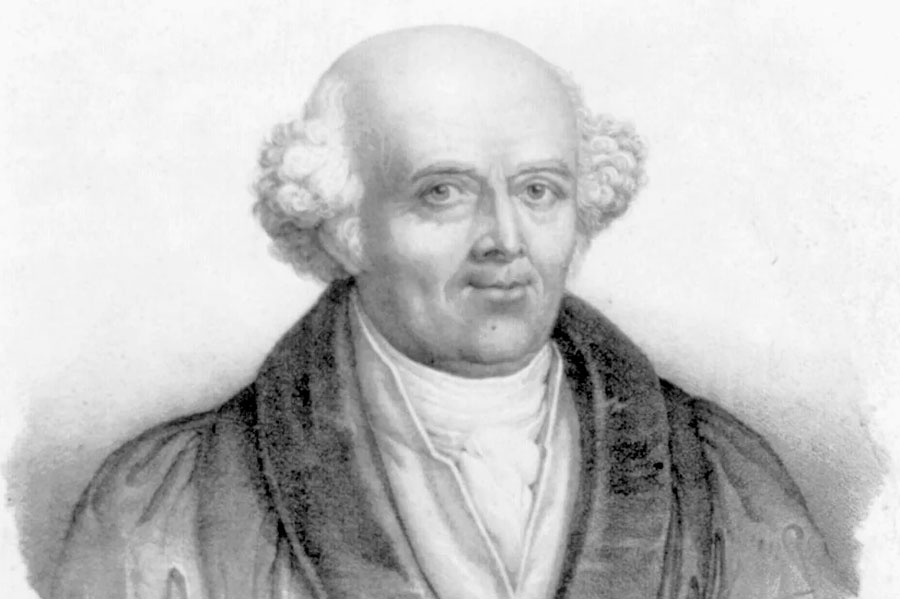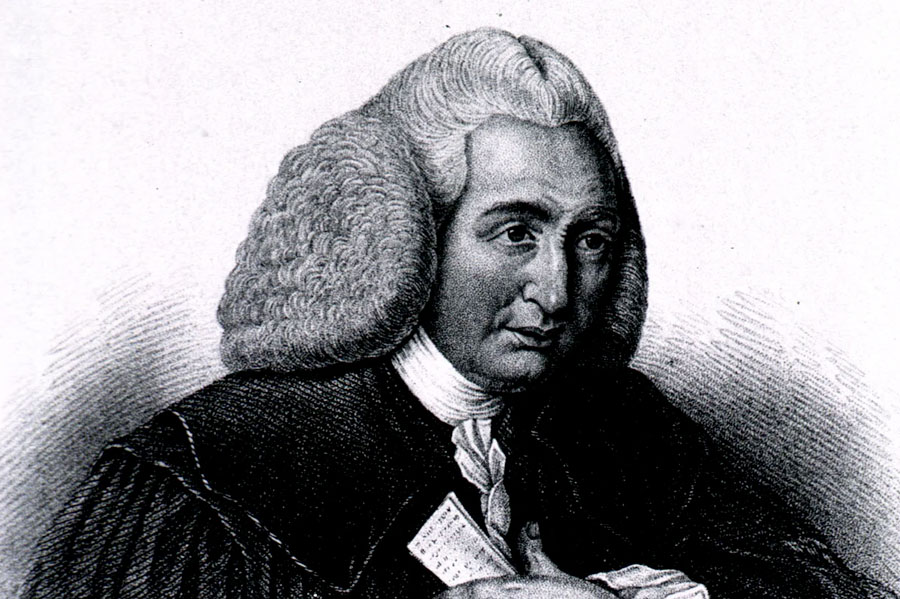The basis of homoeopathy is the principle of like can cure like, that is an illness should be treated by a substance capable of producing similar symptoms to those being suffered by patient. This principle dates back to Greek physician Hippocrates who was the first person to think that careful observation of the symptoms specific to reaction to disease should be taken into account before reaching a diagnosis. The Romans during their era introduced more herbs into the pharmacopoeias and placed greater emphasis on the importance of preventive health care. Samuel Hahnemann, founder of homoeopathy, was a German doctor and chemist who devised homoeopathy, which literally means “treatment by the same”. Hahnemann came across a passage about Peruvian bark, or cinchona, which was to change his life as well as the lives of many people throughout the world.


Dr William Cullen in his book stated quinine, a substance purified from the bark of cinchona tree, was a good treatment for malaria because of its astringent qualities, which made no sense to Hahnemann. He investigated further, recorded observations, repeated procedures and found that prover’s responses varied. Some showed a mild symptom in response to a substance, while others experienced vigorous reactions with a variety of symptoms. Hahnemann surmised from all his observations that he had indeed discovered a new system of medicine, in which a drug and disease that produce similar symptoms cancel each other out in same way, thereby restoring the patient to health. He described this phenomenon as “Similia Similibus Curenter” or “Like can cure Like”, which is the first and foremost rule of Homoeopathy.
Some medicines administered by Hahnemann were crude form of herbs, so he gave them to patients in very small, dilute doses. Still he was disturbed to learn that some of his patients reported that their symptoms worsened. He devised a two-step process whereby he diluted each remedy by succussing or shaking it vigorously, and banging it down on a hard surface at each stage of dilution. The diluted medicines acted faster and more effectively than more concentrated solutions. Although they were weaker, they were actually more potent. For this reason, Hahnemann called his new homoeopathic remedies potentization. In Homoeopathy ‘Potency’ is used to describe the dilution or strength of a remedy. During his lifetime, Hahnemann proved his efficacy of about 100 homeopathic remedies. He believed that only a single remedy dose should be given, for the shortest period of time necessary, to stimulate the body’s healing power.


